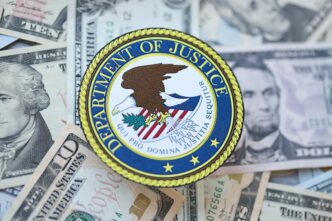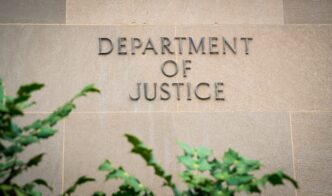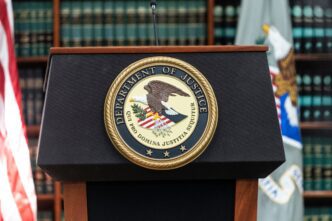The Supreme Court of the United States made a series of significant rulings that have reshaped the legal and social landscape of the nation. On June 24, 2022, the court overturned Roe v. Wade through its decision in Dobbs v. Jackson, effectively ending the constitutional right to an abortion. This decision has been viewed as a reduction in women’s equality across the United States. Advocates for restricting abortion rights argue that the ruling allows states to regulate the matter based on their individual constitutions.
The decision prompted concerns about potential future implications for other rights. In the subsequent year, the court issued several impactful decisions. On June 29, 2023, it overturned previous rulings in Students for Fair Admissions, Inc. v. President and Fellows of Harvard College, declaring race-conscious admissions programs unlawful. This decision is expected to alter the racial and ethnic composition of students at elite educational institutions, potentially reducing access for minority groups.
Another critical ruling came on June 30, 2023, in Creative LLC et al. v. Elenis et al., where the court determined that a web designer could refuse to create a wedding website for a same-sex couple, citing religious beliefs. This ruling raises concerns about increased discrimination against LGBTQ+ individuals and questions about equality before the law.
Furthermore, on the same day, the court ruled against President Biden’s student loan debt relief initiative in Biden, President of the United States, et al. v. Nebraska et al. The decision halted a program designed to forgive up to $20,000 in federal student loans for Pell Grant recipients, affecting many who rely on such relief to manage their education costs.
These rulings collectively favor those not impacted by gender, racial, ethnic, or sexual orientation biases, and those who can afford higher education without financial assistance. The changes reveal a broader societal regression in terms of rights and opportunities, reflecting a shift under the Trump administration towards policies perceived to disadvantage minorities and marginalized groups.
The Supreme Court’s actions in recent years suggest a prelude to further shifts anticipated during President Trump’s continuing term. The rulings align with criticisms of a government perceived to oppose diversity, equity, inclusion, and the rights of various communities, including those who are economically disadvantaged or non-English speakers.
The impact of these decisions underscores ongoing debates about societal progress and justice in the United States, highlighting the need for continued dialogue on these critical issues.







